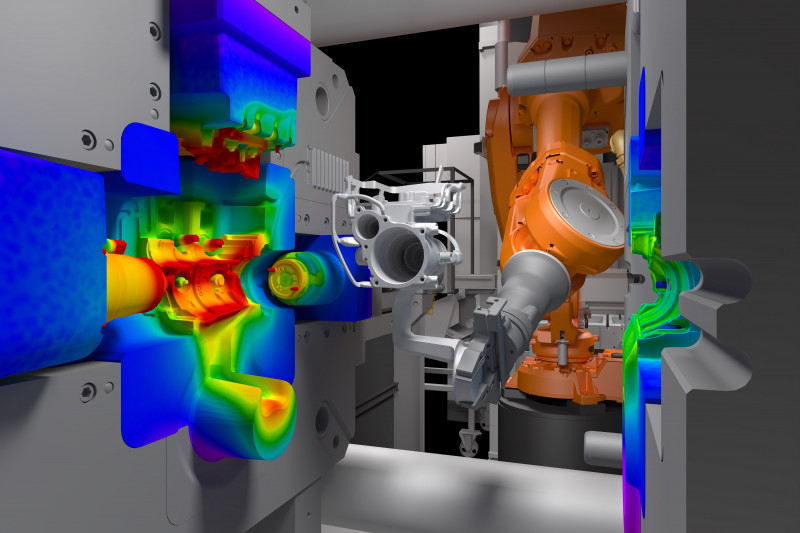Die casting is a widely used manufacturing process that allows for the mass production of complex metal parts. One of the key components in the die casting process is the mold, as it determines the final shape and quality of the casted part. In this guide, we will explore the essential steps and considerations involved in creating the perfect die casting mold.
Design and Engineering
The first step in creating the perfect die casting mold is the design and engineering phase. This involves identifying the specific requirements of the part to be casted, including its dimensions, features, and tolerances. The design should take into account the material properties and the desired surface finish of the part.
During this phase, it is crucial to collaborate closely with the customer or product designer to ensure that their specifications are met. Computer-aided design (CAD) software can be used to create a detailed 3D model of the part, allowing for easier visualization and validation of the design.
Mold Material Selection
Choosing the right material for the die casting mold is essential for ensuring its durability and performance. Common mold materials include steel, aluminum, and copper alloys. The selection of the mold material depends on factors such as the expected production volume, part complexity, and cost considerations.
Steel molds are the most commonly used due to their high strength and longevity. However, they can be more expensive and time-consuming to manufacture compared to aluminum or copper molds. Aluminum molds are suitable for low to medium production volumes and offer good thermal conductivity. Copper molds are ideal for high-volume production but can be expensive.
Mold Construction
Once the mold design and material selection are finalized, the mold construction phase begins. This involves machining the mold cavities, cores, and other features according to the design specifications. Advanced machining techniques such as computer numerical control (CNC) are often used to achieve high precision and accuracy.
After the machining process, the mold components are carefully assembled, ensuring proper alignment and fit. The mold must be robust and withstand the high pressures and temperatures involved in the die casting process. Surface treatments such as heat treatment or coating can be applied to enhance the mold’s resistance to wear and corrosion.
Testing and Validation
Before the mold can be used for production, it must undergo thorough testing and validation. This involves conducting trial runs to ensure that the mold produces parts that meet the desired specifications. The casting parameters, such as temperature and pressure, are optimized during this phase to achieve the best results.
Any issues or defects identified during testing are carefully analyzed and addressed. Iterative improvements may be made to the mold design or construction to optimize its performance. It is essential to involve experienced mold designers and technicians in this phase to ensure the mold’s efficiency and reliability.
Maintenance and Care
Once the perfect die casting mold is created and validated, proper maintenance and care are crucial to its longevity and performance. Regular cleaning and lubrication of the mold surfaces are necessary to prevent sticking and improve part ejection. Any signs of wear or damage should be promptly addressed to avoid the production of defective parts.
Additionally, periodic inspections and mold refurbishment may be required to maintain the mold’s dimensional accuracy and surface finish. Collaborating with a trusted mold maintenance and repair service provider can help extend the mold’s lifespan and minimize downtime.
Creating the perfect die casting mold requires careful design, material selection, construction, testing, and maintenance. By following these steps and considering the specific requirements of the part and production volume, manufacturers can ensure high-quality and efficient die casting processes. A well-designed and maintained mold is the key to success in die casting operations.

 0086-750-5616188
0086-750-5616188 +86 13392089688
+86 13392089688 sales@zhongmei-tech.com
sales@zhongmei-tech.com














